The E (Exposure Compensation) Button
In modes other than b, exposure compensation can be used to alter exposure from the value suggested by the camera, making pictures brighter or darker. Choose from values between –5 EV (underexposure) and +5 EV (overexposure) for photographs, or between −3 and +3 EV for movies. By default, adjustments to exposure compensation are made in increments of 1/3 EV. This can be changed to 1/2 EV using Custom Setting b1 (EV steps for exposure cntrl). In general, positive values make the subject brighter while negative values make it darker.
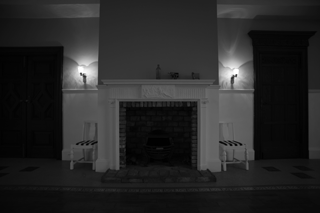
−1 EV
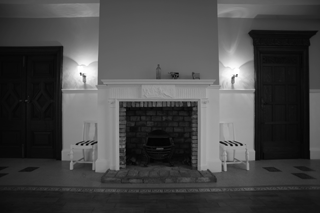
No exposure compensation
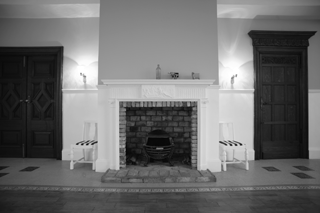
+1 EV
To choose a value for exposure compensation, press the E button and rotate a command dial until the desired value is displayed.
Sub-command dial
E button
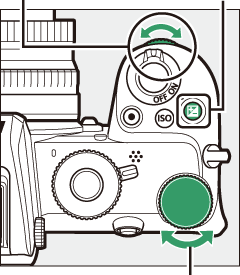
Main command dial
At values other than ±0.0, the camera displays a E icon (movie mode) or a E icon and the exposure indicator (photo mode) after you release the E button. The current value for exposure compensation can be confirmed by pressing the E button.
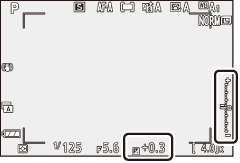
Monitor
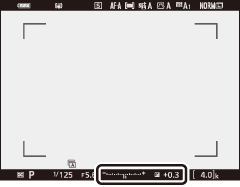
Viewfinder
Normal exposure can be restored by setting exposure compensation to ±0. Except in h and q modes, exposure compensation is not reset when the camera is turned off (in h and q modes, exposure compensation will be reset when another mode is selected or the camera is turned off).
Mode M
In mode M, exposure compensation affects only the exposure indicator; shutter speed and aperture do not change. The exposure indicator and the current value for exposure compensation can be displayed by pressing the E button.
Flash Photography
When the built-in flash or an optional flash unit is used, exposure compensation affects both flash level and exposure, altering the brightness of both the main subject and the background. Custom Setting e3 (Exposure comp. for flash) can be used to restrict the effects of exposure compensation to the background only.
